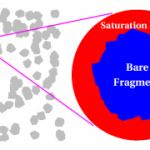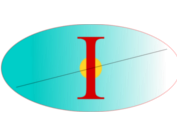Citation:
| fabian2019stochastic.pdf | 2.06 MB |

Abstract:
Linear-scaling implementations of density functional theory (DFT) reach their intended efficiency regime only when applied to systems having a physical size larger than the range of their Kohn–Sham density matrix (DM). This causes a problem since many types of large systems of interest have a rather broad DM range and are therefore not amenable to analysis using DFT methods. For this reason, the recently proposed stochastic DFT (sDFT), avoiding exhaustive DM evaluations, is emerging as an attractive alternative linear-scaling approach. This review develops a general formulation of sDFT in terms of a (non)orthogonal basis representation and offers an analysis of the statistical errors (SEs) involved in the calculation. Using a new Gaussian-type basis-set implementation of sDFT, applied to water clusters and silicon nanocrystals, it demonstrates and explains how the standard deviation and the bias depend on the sampling rate and the system size in various types of calculations. We also develop a basis-set embedded-fragments theory, demonstrating its utility for reducing the SEs for energy, density of states and nuclear force calculations. Finally, we discuss the algorithmic complexity of sDFT, showing it has CPU wall-time linear-scaling. The method parallelizes well over distributed processors with good scalability and therefore may find use in the upcoming exascale computing architectures. This article is categorized under: Electronic Structure Theory \textgreater Ab Initio Electronic Structure Methods Structure and Mechanism \textgreater Computational Materials Science Electronic Structure Theory \textgreater Density Functional Theory



